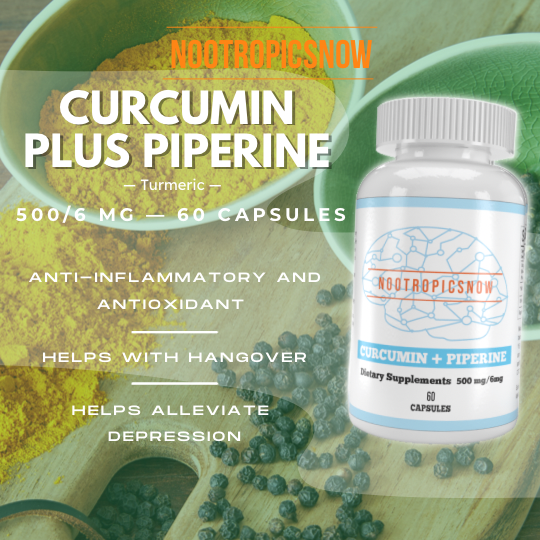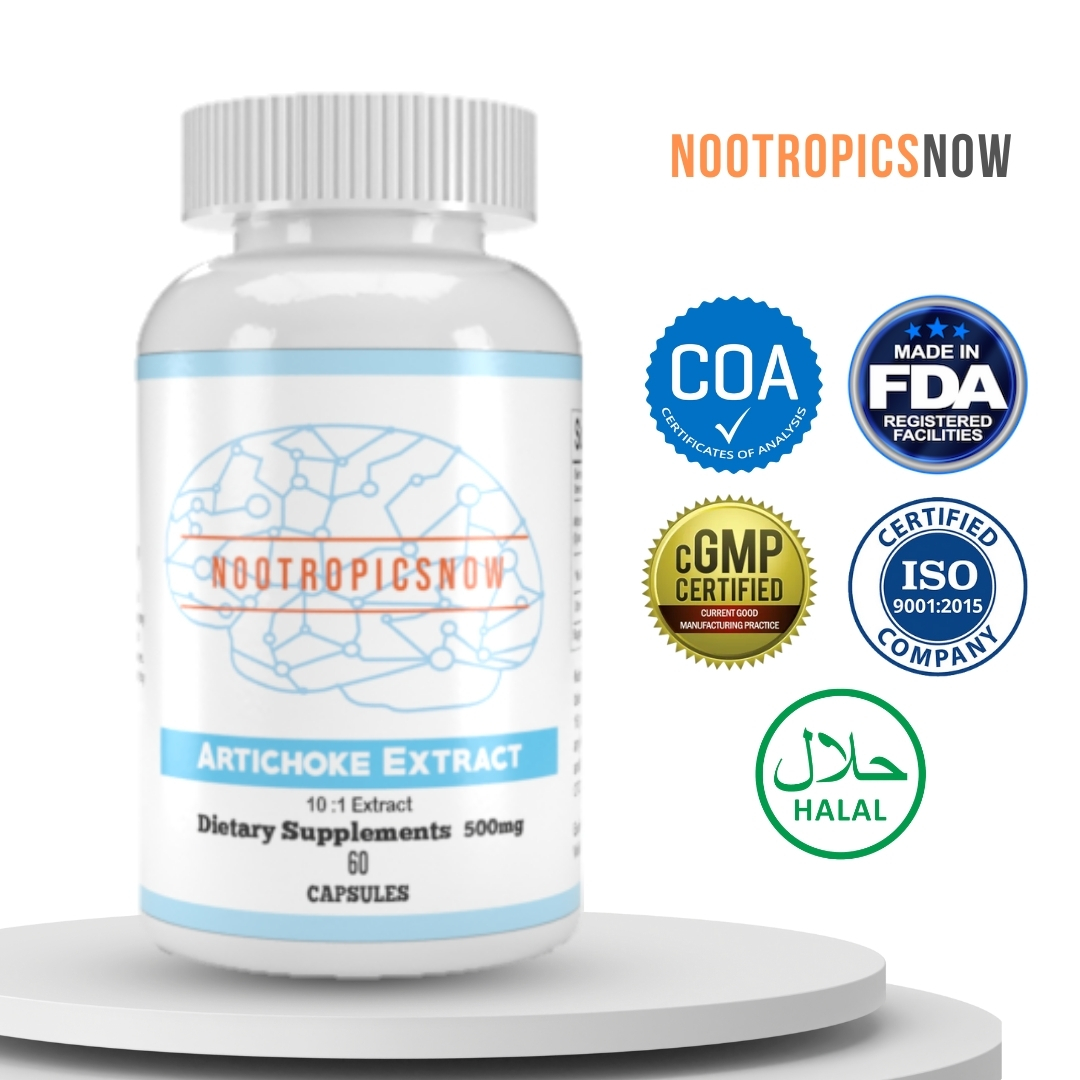Red Reishi Benefits: Your Ultimate Guide

`markdown
Red Reishi: Unveiling the Mystical Mushroom’s Health Secrets
Red Reishi, revered throughout history and celebrated for its medicinal properties, is a fascinating fungus gaining immense popularity in the world of wellness. Scientifically known as Ganoderma lucidum, this unique mushroom boasts a rich tapestry of potential health benefits, making it a subject of growing interest for researchers and health enthusiasts alike. This detailed exploration delves deep into the world of Red Reishi, examining its historical significance, bioactive compounds, researched benefits, and practical ways to incorporate it into your life.
Understanding Red Reishi
Ganoderma lucidum, commonly known as Red Reishi, stands out among other mushrooms due to its distinctive appearance and potent therapeutic properties.

View Product
The mushroom’s name is derived from the Greek “ganos” (brightness, sheen) and “derma” (skin), referencing its glossy, varnished appearance. This striking characteristic has further contributed to its mystique and enduring appeal.
Historical Significance
Red Reishi has been a cornerstone of traditional medicine in Eastern cultures for millennia, particularly in China, Japan, and Korea. Emperors of ancient China highly prized it, believing it granted longevity and immortality. Consequently, Reishi was prominently featured in ancient texts, art, and religious ceremonies. Its historical importance underscores its lasting legacy as a symbol of health, prosperity, and spiritual power.
Distinguishing Characteristics
Unlike culinary mushrooms, Red Reishi isn’t typically consumed as food due to its tough texture and bitter taste. This perennial bracket fungus possesses a kidney-shaped cap with a shiny, reddish-brown surface. Its color can vary depending on the growing conditions and strain. Wild Red Reishi can be challenging to find, which historically contributed to its value and exclusivity.
Bioactive Compounds
The health benefits of Red Reishi stem from its complex array of bioactive compounds. These components work synergistically to exert powerful effects on the body. Key constituents include:
Unveiling the Potential Health Benefits
Extensive research has explored the potential health benefits of Red Reishi. Although more studies, particularly human trials, are warranted, existing research suggests promising effects across various areas of health.
Immune System Modulation
One of Red Reishi’s most well-known benefits is its ability to modulate the immune system. Studies indicate that Reishi can enhance the activity of various immune cells, including natural killer (NK) cells, macrophages, and T lymphocytes. These cells play crucial roles in identifying and eliminating pathogens and abnormal cells, strengthening the body’s defenses. For example, research published in the Journal of Nutritional Biochemistry demonstrated that Reishi polysaccharides stimulated immune cell proliferation and cytokine production in vitro.
Anti-inflammatory Properties
Chronic inflammation underlies many modern diseases, including heart disease, arthritis, and cancer. Red Reishi possesses anti-inflammatory properties, primarily attributed to its triterpenoids. These compounds can inhibit the production of pro-inflammatory molecules, reducing inflammation and its associated symptoms. Studies published in Pharmaceutical Biology have shown that ganoderic acids from Reishi effectively suppress inflammatory pathways in cell cultures.

View Product
Antioxidant Power
Red Reishi is a potent antioxidant, scavenging harmful free radicals that can damage cells and contribute to aging and disease. The antioxidant activity is largely attributed to its polysaccharides and triterpenoids. By neutralizing free radicals, Reishi helps protect cells from oxidative stress, supporting overall health and longevity. Research in the International Journal of Medicinal Mushrooms showed that Reishi extracts significantly enhanced antioxidant capacity in human cells.
Cardiovascular Health Support
Emerging evidence suggests that Red Reishi may promote cardiovascular health by helping to regulate blood pressure, cholesterol levels, and blood circulation. Some studies indicate that Reishi can reduce LDL (“bad”) cholesterol and triglycerides while increasing HDL (“good”) cholesterol. Additionally, it may help lower blood pressure by promoting vasodilation (widening of blood vessels). A study published in the British Journal of Nutrition found that Reishi supplementation led to improvements in blood lipid profiles and blood pressure in individuals with mild hypertension.
Enhanced Sleep and Stress Reduction
Red Reishi has a long history of use as an adaptogen, helping the body adapt to stress and promote relaxation. Studies suggest that Reishi can improve sleep quality, reduce anxiety, and alleviate symptoms of depression. Its calming effects may be attributed to its ability to modulate neurotransmitter levels and promote a sense of well-being. Research in Evidence-Based Complementary and Alternative Medicine demonstrated that Reishi supplementation improved sleep duration and reduced insomnia symptoms in participants.

View Product
Potential Anti-Cancer Effects
While more research is needed, preliminary studies suggest that Red Reishi may possess anti-cancer properties. It may inhibit cancer cell growth, promote apoptosis (programmed cell death) in cancer cells, and enhance the effectiveness of conventional cancer treatments. These effects are thought to be mediated by its polysaccharides and triterpenoids. A review published in Integrative Cancer Therapies concluded that Reishi may have potential as an adjunct therapy in cancer treatment, although further clinical trials are necessary.
Liver Protection
Red Reishi may support liver health by protecting against liver damage and promoting liver detoxification. Its antioxidant and anti-inflammatory properties may help reduce liver inflammation and oxidative stress. Some studies indicate that Reishi can improve liver enzyme levels in individuals with liver conditions. Research in the Journal of Ethnopharmacology showed that Reishi extracts protected against liver damage induced by toxins in animal models.

View Product
Diabetes Management
Preliminary research suggests that Red Reishi may help manage blood sugar levels and improve insulin sensitivity. Its polysaccharides may inhibit glucose absorption in the intestine, reducing post-meal blood sugar spikes. Additionally, it may enhance insulin signaling, allowing cells to utilize glucose more effectively. A study published in the International Journal of Biological Macromolecules found that Reishi polysaccharides improved glucose metabolism in diabetic mice.
Sourcing and Forms of Red Reishi
With the growing popularity of Red Reishi, it is crucial to source products from reputable manufacturers who ensure quality and purity. Look for products that are certified organic, tested for heavy metals and contaminants, and standardized to contain specific levels of bioactive compounds.
Available Forms
Red Reishi is available in various forms, each with its own advantages and disadvantages:
Dosage Recommendations
The optimal dosage of Red Reishi varies depending on the individual, the form of Reishi, and the intended health benefit. It is generally recommended to start with a low dose and gradually increase it as needed. Follow the dosage instructions on the product label or consult with a healthcare professional for personalized guidance.
Potential Side Effects and Precautions
Red Reishi is generally considered safe for most people when taken in recommended doses. However, some individuals may experience mild side effects, such as digestive upset, skin rash, or dizziness. Rarely, more serious side effects, such as liver toxicity, have been reported.
Precautions to Consider
Integrating Red Reishi into Your Life
Adding Red Reishi to your wellness routine can be a simple and effective way to support your overall health. Consider these tips for incorporating Reishi into your daily life:
Creative Ways to Consume Red Reishi
The Future of Red Reishi Research
Ongoing research continues to explore the potential health benefits of Red Reishi. Future studies will likely focus on:
Conclusion: A Promising Natural Remedy
Red Reishi, the “Mushroom of Immortality,” is a fascinating and promising natural remedy with a rich history and a growing body of scientific evidence supporting its health benefits. From boosting the immune system to reducing stress and potentially fighting cancer, Reishi offers a wide range of potential benefits. By understanding the characteristics and potential health benefits of Red Reishi, you can make informed decisions about incorporating this ancient medicinal fungus into your wellness routine. Remember to source products from reputable manufacturers, start with a low dose, and consult with a healthcare professional if you have any underlying health conditions or are taking medications. As research continues to uncover the full potential of Red Reishi, this mystical mushroom may hold even more secrets to unlock for the benefit of human health.

View Product
`
`markdown
Red Reishi: Unveiling the Mystical Mushroom
Red Reishi, scientifically known as Ganoderma lucidum, holds a prominent position in traditional medicine, especially within East Asian cultures. This remarkable fungus has captivated researchers and health enthusiasts alike, primarily because of its potential therapeutic benefits. This section explores the various aspects of Red Reishi, from its historical significance and cultivation to its impressive array of health-promoting properties.
A Glimpse into Red Reishi’s History
For over two millennia, Red Reishi has been used across Asia. Ancient texts depict emperors seeking it for its promise of longevity and vitality. In traditional Chinese medicine (TCM), it is categorized as a superior herb, meaning it is safe for long-term consumption and contributes to overall well-being. Moreover, Reishi was so revered that it was often depicted in art, symbolizing prosperity, health, and even divine favor. Its reputation as the “Mushroom of Immortality” clearly illustrates its importance in cultural beliefs and practices.
Identifying Red Reishi
Recognizing Red Reishi is crucial for both foragers and consumers. The mushroom has a distinctive kidney-shaped cap with a glossy, varnished surface. Typically, the color ranges from deep reddish-brown to a lighter reddish-orange, depending on the growing conditions and the age of the mushroom. The underside is porous and white or yellowish in color. As the mushroom matures, it releases reddish-brown spores, which can sometimes be found coating the surrounding area.
Distinguishing Features
| Feature | Description |
|---|---|
| —————– | —————————————————————————— |
| Cap | Kidney-shaped, glossy, varnished appearance |
| Color | Reddish-brown to reddish-orange |
| Underside | Porous, white or yellowish |
| Spores | Reddish-brown |
| Habitat | Decaying logs, tree stumps (often oak, maple, hemlock) |
Cultivation and Harvesting
Today, much of the Red Reishi available commercially is cultivated rather than wild-harvested, ensuring consistent quality and supply. Cultivation methods typically involve growing the mushrooms on hardwood logs or sawdust in controlled environments. This allows for optimized conditions, resulting in higher yields and consistent levels of bioactive compounds. The harvesting process is carefully timed to coincide with peak maturity, ensuring maximum potency of the final product.
Unpacking Red Reishi’s Bioactive Compounds
The therapeutic potential of Red Reishi is largely attributed to its rich concentration of bioactive compounds. These compounds work synergistically to offer a wide range of health benefits. Here’s a closer look at some of the key players:
Key Bioactive Compounds and Their Effects
| Compound | Primary Effects |
|---|---|
| —————– | ———————————————————————– |
| Polysaccharides | Immune modulation, anti-tumor |
| Triterpenoids | Anti-inflammatory, anti-oxidant, liver protection |
| Peptidoglycans | Immune boosting |
| Sterols | Cholesterol regulation |
Health Benefits: A Deep Dive
Red Reishi has been extensively studied for its potential therapeutic benefits. Here are some of the most well-researched areas:
1. Immune System Modulation
Red Reishi is renowned for its ability to modulate the immune system. It can enhance the activity of natural killer cells, which are crucial for fighting off viral infections and cancer cells. Furthermore, it promotes the production of cytokines, signaling molecules that regulate immune responses. Research suggests that Red Reishi can be particularly beneficial for individuals with weakened immune systems or those undergoing treatments that suppress immune function.
2. Anti-Cancer Properties
Several studies have explored the anti-cancer potential of Red Reishi. Some research suggests that it can inhibit the growth and spread of cancer cells, induce apoptosis (programmed cell death) in cancer cells, and enhance the effectiveness of conventional cancer treatments. However, it’s crucial to note that Red Reishi should not be considered a replacement for conventional cancer therapies. Rather, it may serve as a complementary treatment option to support overall well-being and potentially enhance treatment outcomes.
3. Stress Reduction and Improved Sleep
Red Reishi is often used as an adaptogen, a substance that helps the body adapt to stress. It can help to reduce anxiety, improve mood, and promote restful sleep. Studies have shown that Red Reishi can increase sleep time and improve sleep quality, particularly in individuals experiencing insomnia or sleep disturbances.
4. Cardiovascular Health Support
Red Reishi may offer several benefits for cardiovascular health. It can help to lower blood pressure, reduce cholesterol levels, and improve blood circulation. Research suggests that Red Reishi can inhibit platelet aggregation, reducing the risk of blood clots. Moreover, it may help to protect the heart from damage caused by oxidative stress and inflammation.
5. Liver Protection
The triterpenoids in Red Reishi possess liver-protective properties. They can help to protect the liver from damage caused by toxins, alcohol, and other harmful substances. Additionally, Red Reishi may help to promote liver regeneration and improve liver function.
6. Anti-Inflammatory Effects
Red Reishi exhibits potent anti-inflammatory effects, which can be beneficial for individuals with inflammatory conditions such as arthritis, asthma, and allergies. It can help to reduce inflammation by inhibiting the production of inflammatory cytokines and other inflammatory mediators.
Understanding Dosage and Forms
Red Reishi is available in various forms, including capsules, powders, teas, and extracts. The optimal dosage can vary depending on the individual and the specific product being used. It’s essential to follow the manufacturer’s instructions and consult with a healthcare professional to determine the appropriate dosage. Typically, dosages range from 1 to 3 grams per day of dried mushroom powder or a corresponding amount of extract.

View Product
Forms of Red Reishi Supplements
| Form | Description | Pros | Cons |
|---|---|---|---|
| ————— | ————————————————————————————— | ——————————————————————————————– | ——————————————————————————————— |
| Capsules | Convenient, pre-measured dose | Easy to swallow, consistent dosage, portable | May contain fillers, bioavailability can vary |
| Powders | Can be added to smoothies, soups, or other beverages | Versatile, can be easily incorporated into diet, generally more cost-effective | Requires measuring, taste can be bitter, potential for clumping |
| Teas | Traditional method of consumption, can be relaxing | Soothing, natural, provides hydration | Can be time-consuming to prepare, bitterness may be off-putting, inconsistent potency |
| Liquid Extracts | Highly concentrated form of Red Reishi | High bioavailability, easy to absorb, convenient for those who have difficulty swallowing pills | Can be more expensive, requires careful storage, may contain alcohol |
Potential Side Effects and Precautions
While Red Reishi is generally considered safe, some individuals may experience mild side effects, such as digestive upset, skin rash, or dizziness. These side effects are usually temporary and resolve on their own. However, it’s important to discontinue use if you experience any severe or persistent side effects.
Important Considerations
Choosing a Quality Red Reishi Supplement
Selecting a high-quality Red Reishi supplement is crucial to ensure its effectiveness and safety. Look for products that:
Red Reishi and the Future of Wellness
Red Reishi continues to be a subject of intense scientific investigation. As research progresses, we are likely to uncover even more of its potential therapeutic benefits. Its versatility, combined with its long history of use, makes it a promising natural remedy for a wide range of health conditions. By understanding the properties and potential benefits of Red Reishi, individuals can make informed decisions about incorporating this mystical mushroom into their wellness routine.
`

